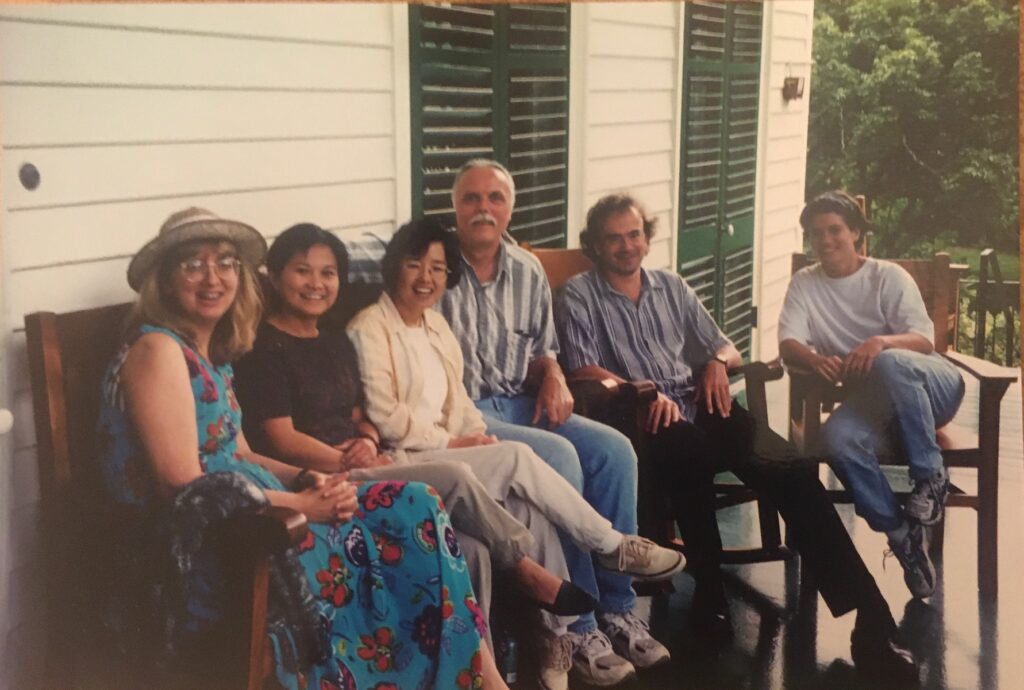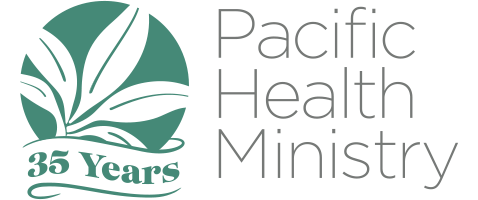“At Queen’s we were included as part of the emergency staff. Whenever there was a case or code blue, the emergency team would be there. One unique thing as a chaplain, a part of the emergency team, is that you offer support, not only to the patients but the staff.”
– Kwang-Hee Pak
Why did you enroll in CPE?
I was studying at the school of theology at the time and one of the requirements was to take CPE. I had been struggling to finish the last chapter of my dissertation and one day in the library, a friend recommended I look into the one-year residency program with PHM. While I already had CPE credits, I applied to the program at the Queen’s Medical Center and it provided the subject of the final chapter of my dissertation.
How did you initially hear about the CPE program through PHM?
A friend of mine, Eugene Han, had already completed the CPE program at PHM so I knew of the organization for a while. While I was living in Claremont, John Moody and Clarence Liu came to San Diego and Eugene drove me down to San Diego for my interview with them for the residency.
Did you have any preconceived notions about CPE?
I had already participated in CPE classes at the United Methodist Hospital in Arcadia, and while there were similarities, they were also very different. I really enjoyed the CPE residency at PHM because I was in Hawai‘i and a part of a diverse cohort group. It was amazing to interact with people from different places who were very culturally and ethnically diverse.
What program did you participate in?
I participated in the year-long residency program at Queen’s Medical Center from 1999-2000.

What was the CPE program like?
We started our day at 7:45 AM by meeting with lead chaplain Al Miles in the chapel. The on-call chaplain would update us on what had happened in order to prepare the following on-call chaplain for the next day/night. After we left our small chaplain room, we began to visit patients. In the afternoon we had CPE didactics. When you were an on-call chaplain you would have to stay the whole night which to me was the most challenging. While the program at Queen’s was intense, it was a very communal experience and there was a lot of laughter throughout the seriousness.
How has CPE affected you professionally?
I am currently an acupuncturist and also teach at a school. What I am doing as a medical practitioner is a continuation of CPE as I try to help to ease my patients’ pain but more importantly hold them in God’s care so God’s love can heal.
How had CPE affected you personally?
At Queen’s, we were included as part of the emergency staff. Whenever there was a case or code blue, the emergency team would be there. One unique thing as a chaplain, a part of the emergency team, is that you offer support, not only to the patients but the staff. One lady that I specifically remember called a chaplain and began to share stories of her three sons. Each son was dealing with health issues and I was sitting by her with this heavy story and I didn’t know what I could offer to her. For one hour I listened to her, and then, as if she read my mind, she said, “I really appreciate that you listened to me, I never shared this story with anybody.” At the time that was one of the most important moments where I felt God’s presence.
Life during Covid?
During Covid, I had to close my office for 3 months (from March to June) and my patients began to call and ask when I would open again. During this time I was teaching at two small international universities and have since safely reopened my office.
